How to load a Drum Map in Cubase (Version 5 and higher)
Why even use a drum map?
When you open a MIDI event with the MIDI editor in Cubase, you will see the piano roll on the left side. The C keys and their octaves are all labeled, which is sufficient if you just have to deal with melodic MIDI events. But as soon as you want to edit or create drum grooves, only seeing the keys and notes is not very convenient. That is why some DAWs like Cubase support loading up external drum maps, which will display every single drum name like Kick, Snare, Hi-Hat etc... instead of just the notes or the blank piano roll (see right image).
This obviously makes drum programming much more convenient since you are going to actually see which drums you are about to draw into the MIDI editor. The guessing game will be over.
Step 1
Download the followig zip file and extract the drum map to any temporary location on your drive.
Please note that this drum map file only works with Cubase. Other DAWs like Reaper and Studio One have their own drum map file format. You can find drum maps and instructions for these DAWs within the help section of this website as well.
Step 2
Open Cubase and create a MIDI or an instrument track. See if the drum map button is available. If it is, you can skip Steps 3 and 4 and jump directly to Step 5.
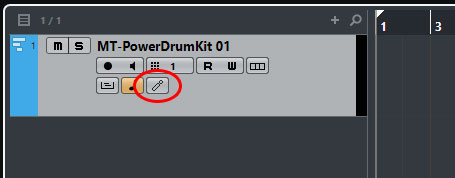
Step 3
If you can't see the drum map button marked red in the screenshot above, go into the Track Controls Settings. The button for that can be found at the bottom of the tracks column.
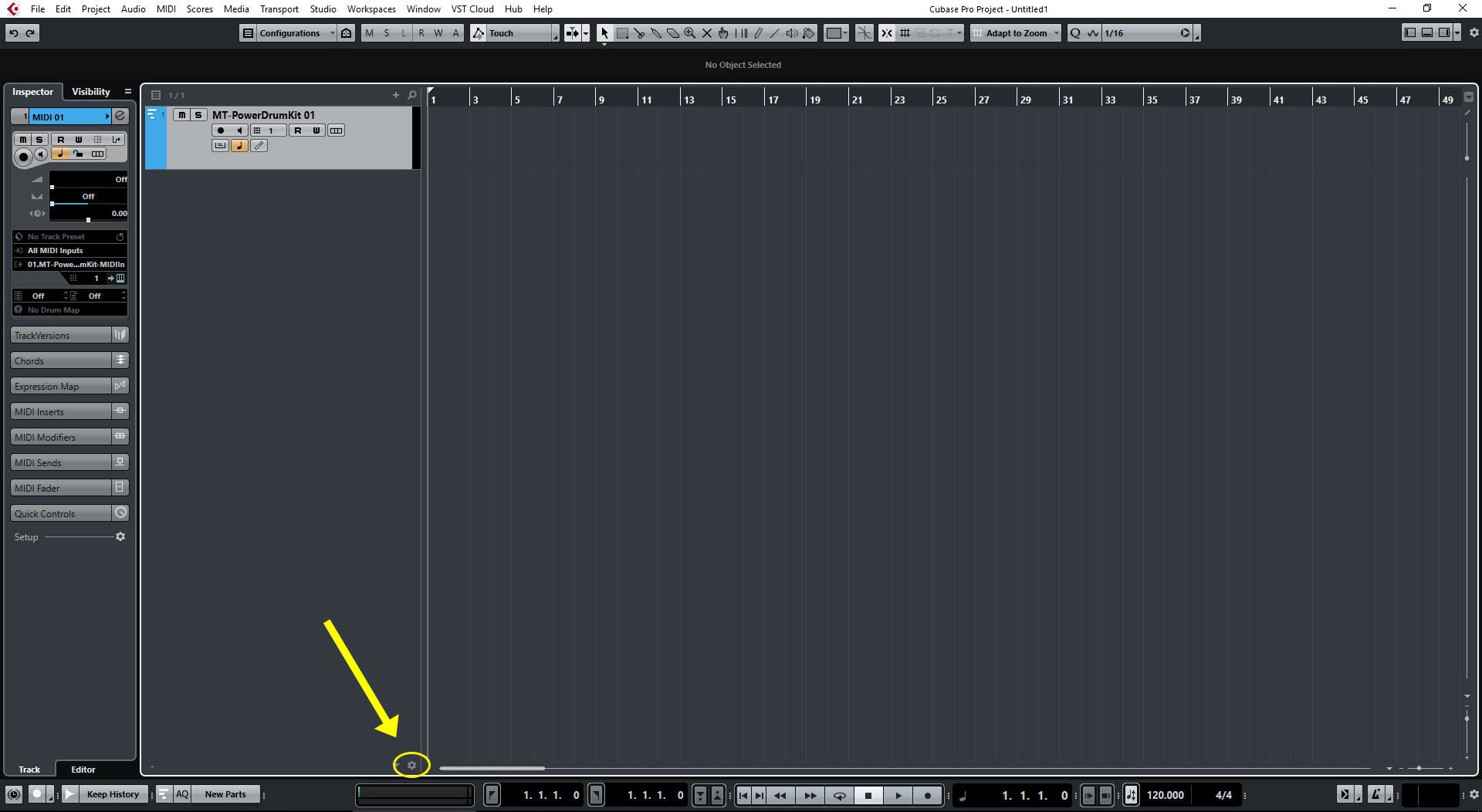
Step 4
In the Track Controls Settings window, select the MIDI tab. Then select Drum Map from the left side and add it to the list of visible controls on the right. Do the same thing on the Instrument tab. Confirm with OK.
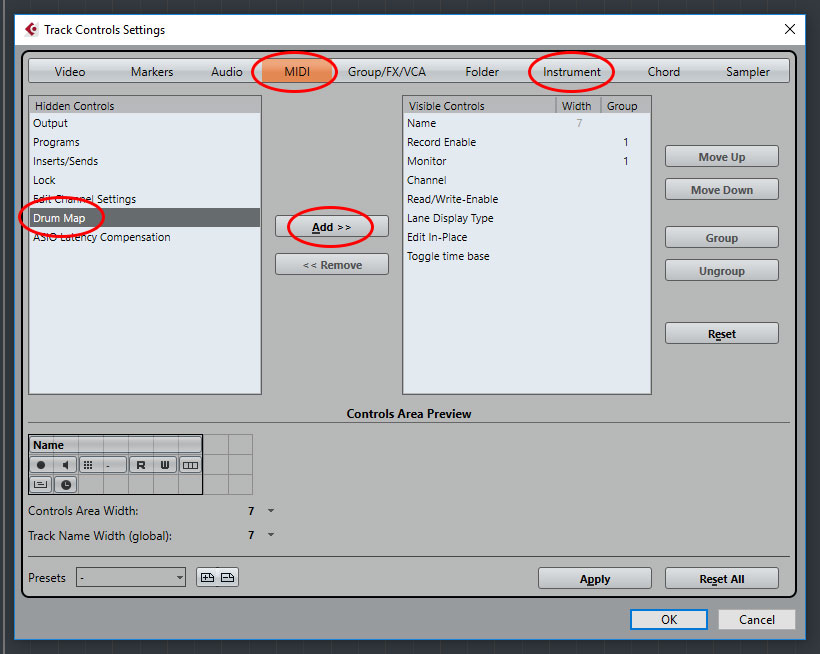
Step 5
Now you should be able to see the drum map button on the track. Click it and go into the Drum Map Setup.
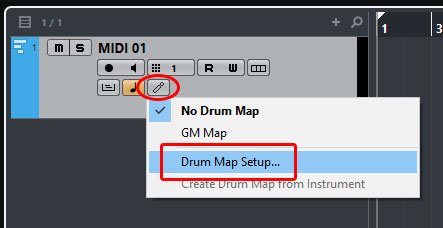
Step 6
The Drum Map Setup window will open up. At the top left, click on Functions -> Load.
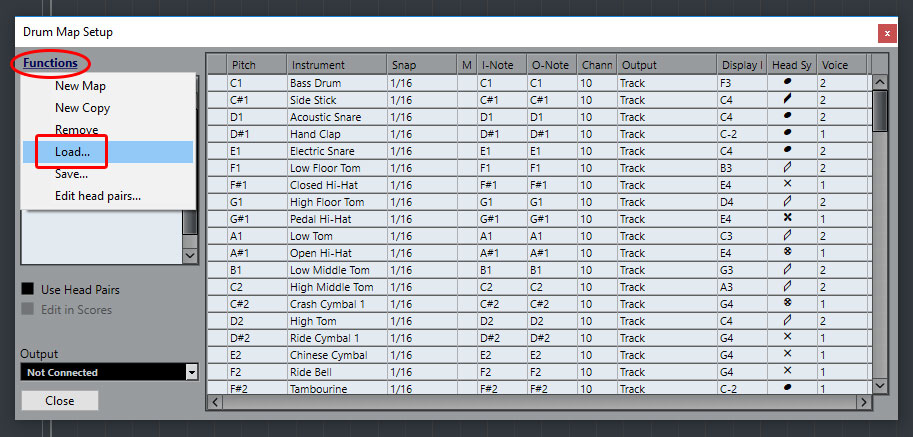
Step 7
Select and open the previously extracted drum map file. You can now close the Drum Map Setup window.
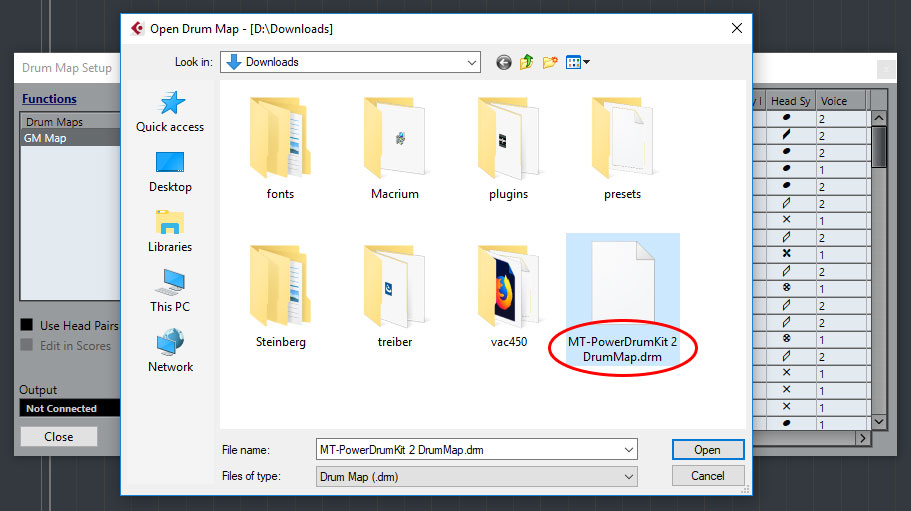
Step 8
In the last step, you have to click the drum map button again and actually select the new drum map file.
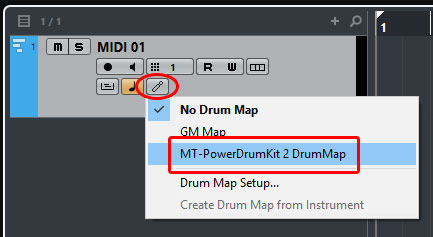
That's it! When you double-click on the MIDI events of that track, they should now display drum names instead of the piano roll.
Enjoy enhanced and more convenient drum programming!








